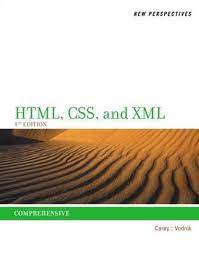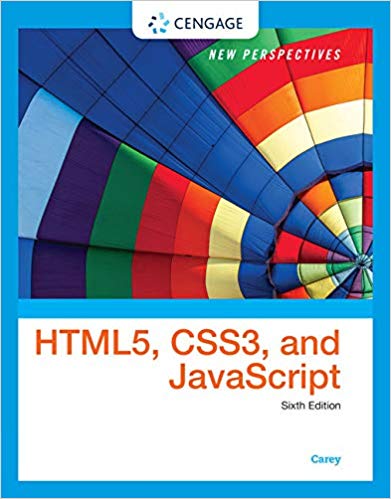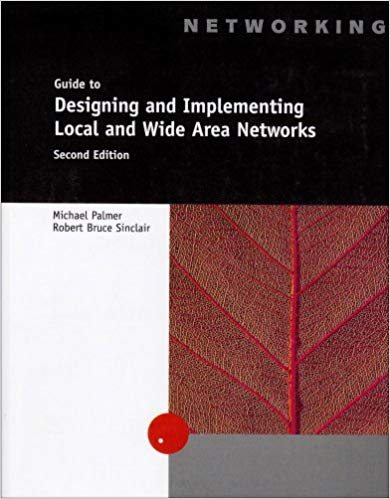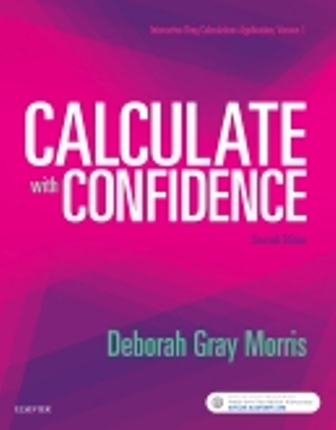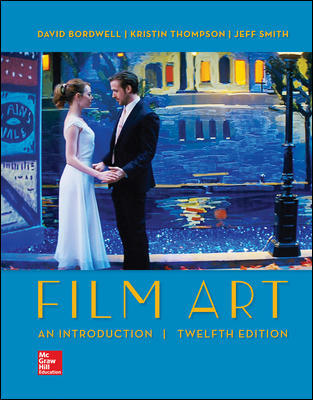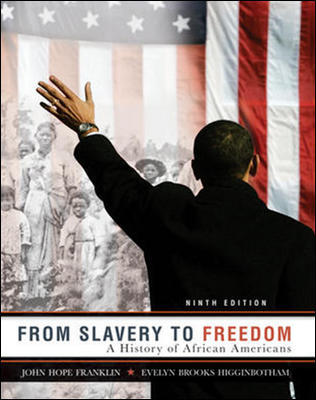New Perspectives on HTML CSS and XML Comprehensive 4th Edition by Patrick Carey
James: Nursing Care of Children: Principles and Practice, 3rd Edition
Do you need test banks fast? eTestBank.net is the best test bank website for you! Download your test bank right after you pay. No waiting!
Why eTestBank.net is Great:
✅ Instant Download:
Get your test bank right away after payment.
✅ Unlimited Downloads:
Download your test bank anytime and as many times as you want.
✅ 24/7 Live Help:
We are here to help you all day, every day.
✅ Guaranteed Delivery:
If you don’t get the download right away, we will send it to you in 3 to 6 hours.
How to Get Your Test Bank:
- Pick Your Test Bank: Choose from many test banks.
- Pay Safely: Pay securely on eTestBank.net.
- Download Instantly: Get your test bank immediately after payment.
- Download Anytime: Unlimited downloads whenever you need them.
Need Help? Contact Us:
📧 Email: [Support@etestbank.net]
📱 WhatsApp: [https://wa.me/message/MC222DLQ4GDXL1r]
Didn’t Get Your Download?
Don’t worry! If you don’t get the file right away, we’ll send it to you in 3 to 6 hours. Need it sooner? Contact us by email or WhatsApp.
💡 Buy now from eTestBank.net for instant downloads, unlimited access, and 24/7 support—get your test bank today!
Tutorial 4: Creating Page Layouts with CSS
TRUE/FALSE
1. Blocks occupy a defined rectangular area within a page.
ANS: T PTS: 1 REF: HTML 225
2. A few designers create a reset style sheet to define their default styles.
ANS: F PTS: 1 REF: HTML 227
3. Tiling is when a browser loads a background image, and then repeats the image in both the vertical and horizontal directions until the entire background is filled.
ANS: T PTS: 1 REF: HTML 230
4.By default a background image moves along with the element content as a user scrolls through the page.
ANS: T PTS: 1 REF: HTML 231
5.When browsers render an element with multiple backgrounds, the images that are listed last are the first ones loaded.
ANS: T PTS: 1 REF: HTML 234
6.CSS specifications can be identified through the use of a vendor suffix, which indicates the browser vendor that created and supports the property.
ANS: F PTS: 1 REF: HTML 236
7.Web page layouts fall into three general categories: fixed, fluid, and elastic.
ANS: T PTS: 1 REF: HTML 239
8.Users find it easier to scan content when page elements are aligned vertically and horizontally.
ANS: T PTS: 1 REF: HTML 242
9.A parent element is positioned within its child element in the Web page.
ANS: F PTS: 1 REF: HTML 246
10.Setting padding is similar to setting margins.
ANS: T PTS: 1 REF: HTML 256

